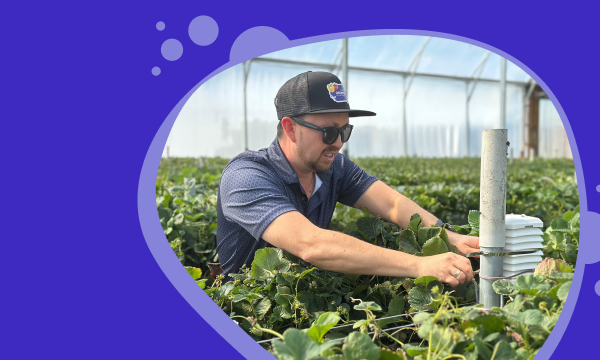
- ARTICLE
- CROP MANAGEMENT
How Climate Insight Levels the Protected Cropping Field
Daniel Than, Customer Success Director at WayBeyond, explains why actionable climate insight—not...
WayBeyond’s new series spotlighting real-world results from data-driven crop management.
Each edition explores how innovative tools, climate insights, and agronomic strategies combine to improve efficiency, reduce waste, and optimize yield, one decision at a time.
From irrigation and fertigation to climate forecasts and beyond, we break down what worked, how, and why it matters for growers.
Every grower knows irrigation decisions can make or break a season, but what if you could optimize them using climate data and crop demand instead of guesswork?
That’s the question WayBeyond’s Dr. Tharindu Weeraratne (Dr. T) and Andrea Ortega set out to answer during a field study with a tomato-on-the-vine grower in Mexico. Their goal? To see how FarmRoad’s reference evapotranspiration (ETo) forecasting tools could turn daily decisions into measurable savings.
To optimize irrigation for substrate-grown tomatoes using daily ETo, radiation forecasts, and real-time climate data.
An irrigation zone was selected. Grower-led irrigation was applied for five days, and in the next five days, a data-informed irrigation strategy based on ETo and real-time data was applied.
Water use was measured using milliliters per joule of radiation (ml/Joule), allowing a clear efficiency comparison.

WayBeyond Intern Andrea Ortega onsite
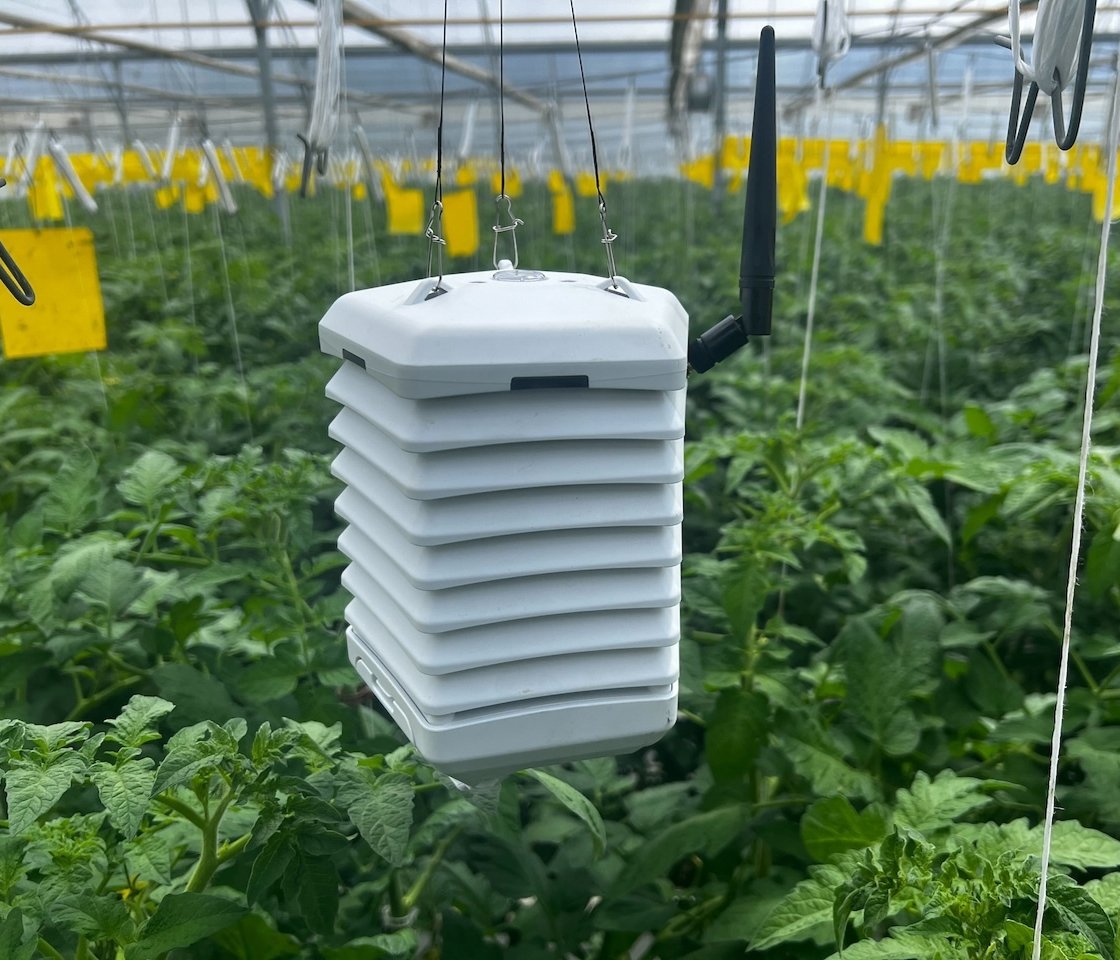
FarmRoad sensor monitoring climate in the tomato greenhouse
Many growers pay directly for water and also use their irrigation systems for delivering fertilizer to crops, so improving water efficiency directly impacts their input costs. This research shows that pairing ETo forecasting with system capabilities and real-time data can unlock more intelligent decision-making and real-world ROI
For growers looking to optimize irrigation using data and climate insights, here are four practical steps based on this study:
Evapotranspiration forecast data helps determine how much water your crop truly needs—before over- or under-watering happens.
Fine-tuning your Kc based on real-time irrigation measurements allows you to adapt irrigation plans to specific varieties, substrates, and seasonal changes.
Knowing what your system can deliver (and when) ensures that any strategy you create is actually executable in the field or greenhouse.
Use comparative testing—even in small zones—to understand what works best for your conditions. Then iterate.
Smart irrigation is not a one-time decision. It’s a repeatable process that helps you get better every day.
Read more about how FarmRoad can help you with smart irrigation here.

Daniel Than, Customer Success Director at WayBeyond, explains why actionable climate insight—not...
.png)
Learn how to manage weather-related risks for your crops using an early warning system such as...

WayBeyond’s new GrowPilot app brings artificial intelligence into the hands of small to...
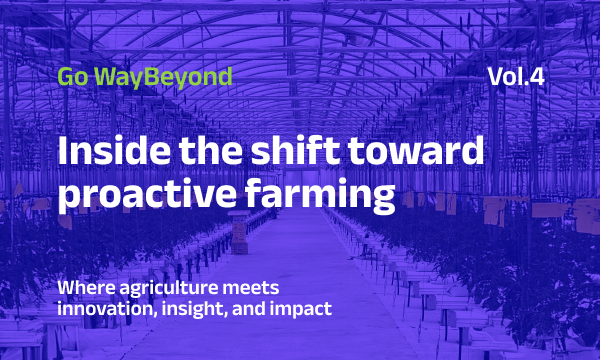
From cutting water use in drought-hit regions like Morocco to preventing thousands in losses from...
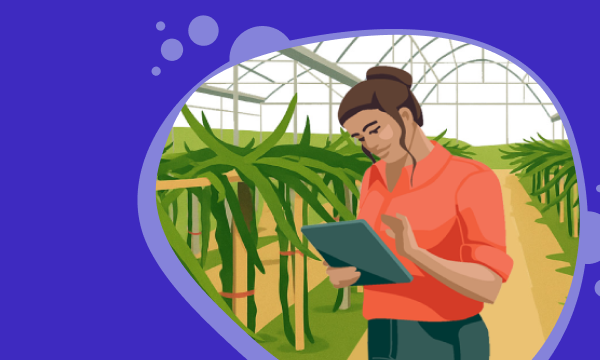
When faced with crop losses due to climate events and system failures, Eliven Tropical turned to...
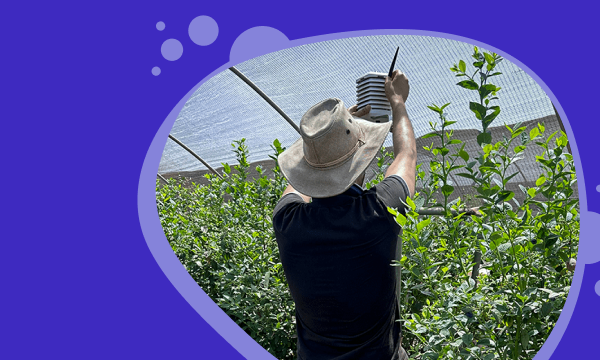
A leading Moroccan berry grower cut water use by 16% using climate data and ETo-based irrigation....
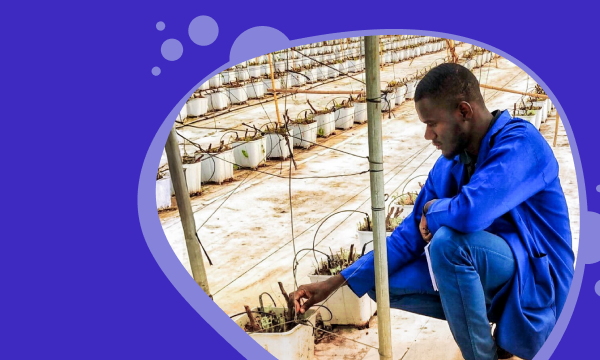
ETo forecasting is a simple but powerful tool for optimizing irrigation every day, in every season....
.png)
From breeding climate-resilient berry varieties in Australia to testing precision irrigation...
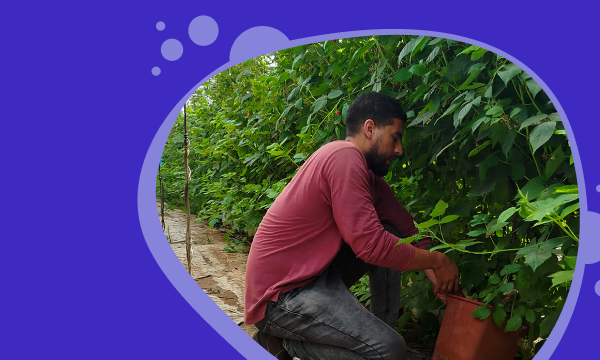
See the strategy behind evapotranspiration-based irrigation planning that helped a greenhouse...
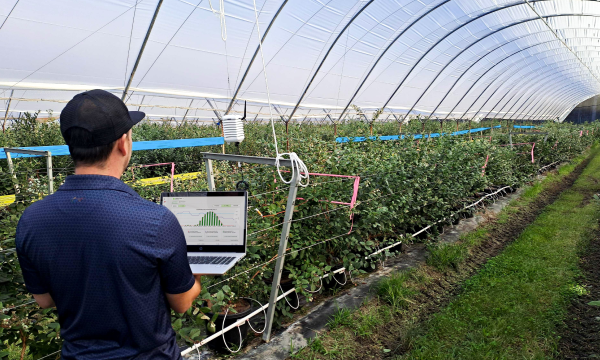
Costa Group is using WayBeyond’s FarmRoad platform to support its elite blueberry breeding program...
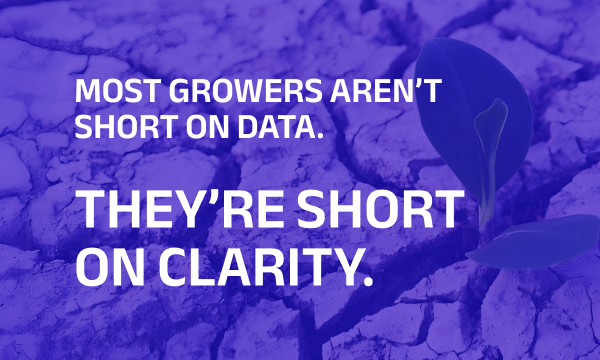
Soil systems around the world are under pressure. Pollution, climate extremes and unsustainable...

AgTech enters 2025 with strategic investments prioritizing long-term food security over quick...
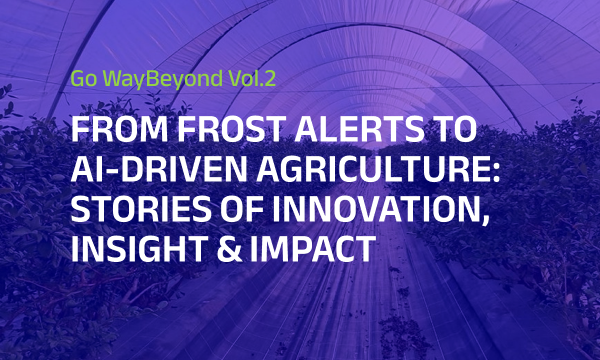
Our newsletter explores the evolving world of agriculture through the lens of innovation, insight,...

Darryn shares how digital agronomy and AI-powered solutions help farmers optimize production,...

Learn how a people-first approach to change management empowers growers to successfully transition...
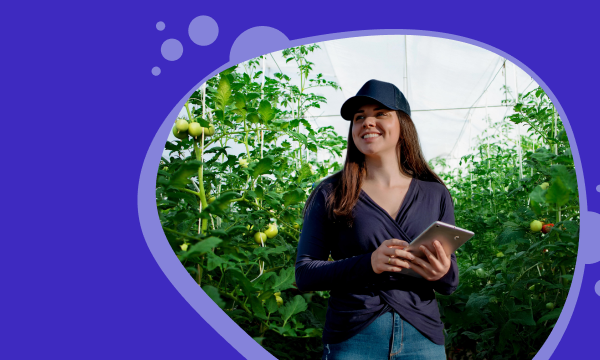
The grower's guide to using data for effective crop management. Get practical tips to achieve...

Darryn Keiller shares his thoughts on the urgent need to rethink farming, tackle regional...
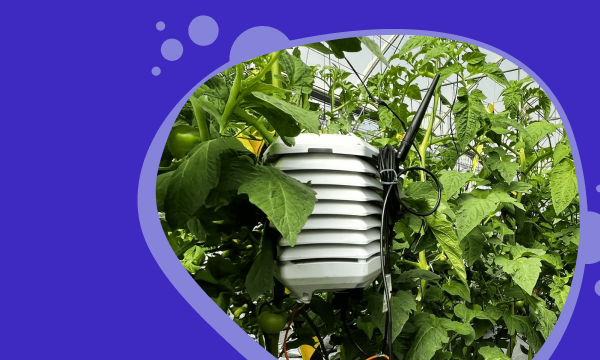
The HM.CLAUSE Kenya seed production team faced several challenges in optimizing their yield...

With late blight causing crop loss and large costs, Agrícola Chaparral turned to digital agronomy...

Learn how six key weather data points can help you make smarter irrigation decisions, conserve...

Two weeks, three countries, and ten customer farm visits later, Daniel Than, WayBeyond’s Customer...
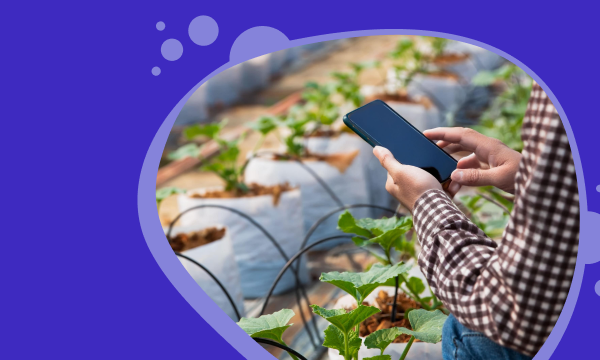
A smart approach to water management is key to helping growers tackle water scarcity and climate...
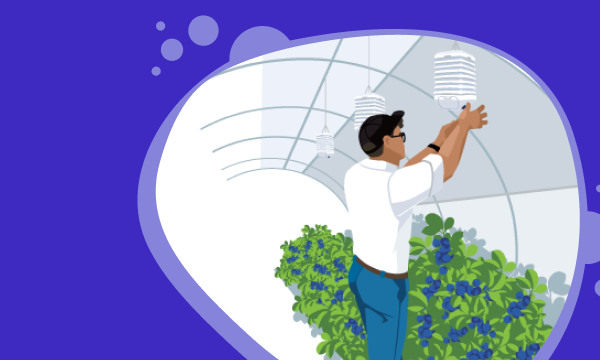
With over 470 ha of blueberry production, African Blue needed to unify farm data to improve crop...

What if tomato seeds were treated as commodities? This article explains how data and AI can help...
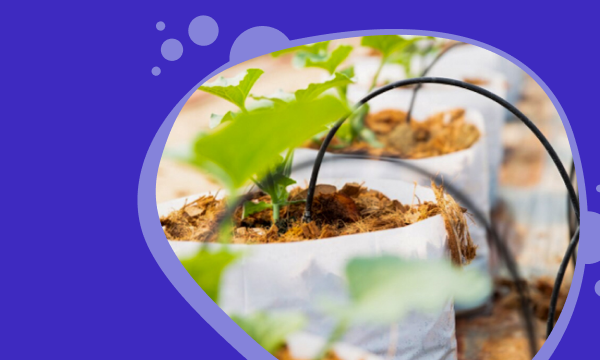
Uncover the vital role of drip and drain monitoring in optimizing drip irrigation farming.
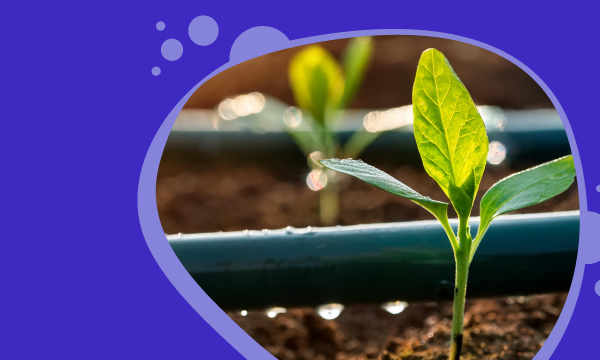
Explore how protected cropping growers can use data insights to drive smart irrigation practices.
.png)
Learn how Khawla Derstaouieh embraces digital agronomy to optimize irrigation, track pests, and...

Heatflation is rising food prices caused by extreme heat from climate change. How can protected...
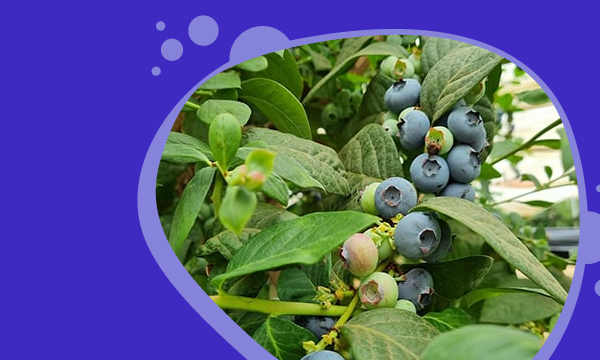
Heat stress is a significant concern for berry growers as it has both positive & negative effects...
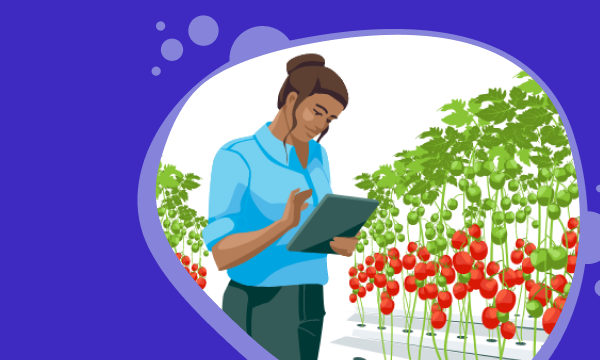
Do growers focus too much on high accuracy yield forecasting and miss key contextual indicators?

Discover how Sanaa Elmarini enhances decision-making in blueberry crop management at African Blue...

Practical solutions for today’s challenges in the world of horticulture. From real-time data to...
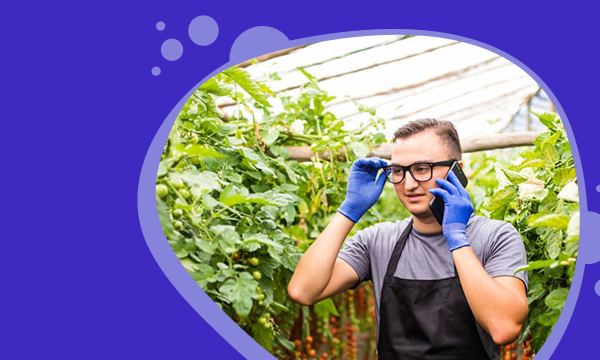
Real-time alerts play a vital role in empowering growers to make better crop management decisions.

Darryn addresses the importance of food security, how the pandemic showed a real vulnerability in...
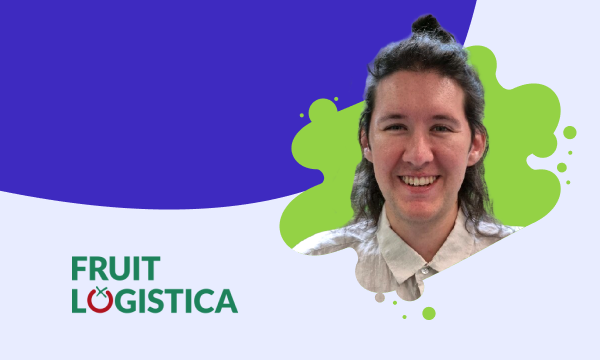
Real world examples of common issues faced by growers that can be solved with real-time data,...
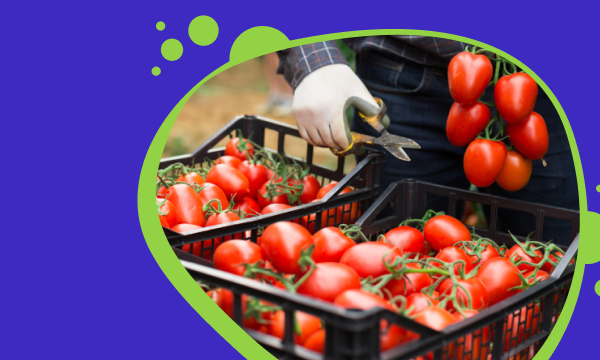
In this crop steering guide, you'll learn how to adjust environmental factors for ideal plant...
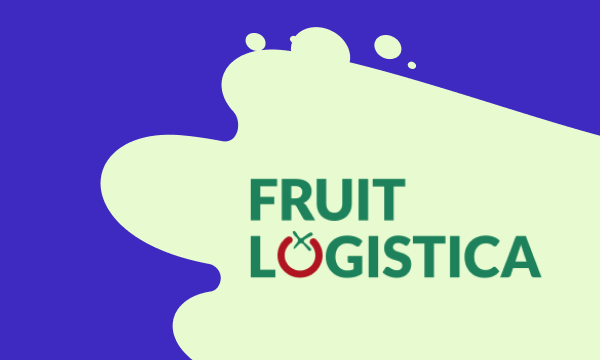
Fruit Logistica 2024 in Berlin wrapped last week, bringing to a close its biggest edition yet with...
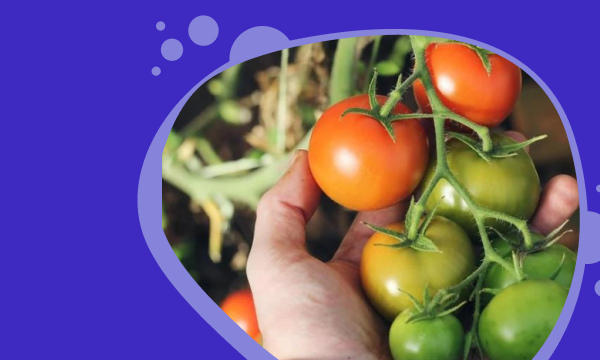
Discover strategies for maximizing crop yields by balancing generative/vegetative growth.
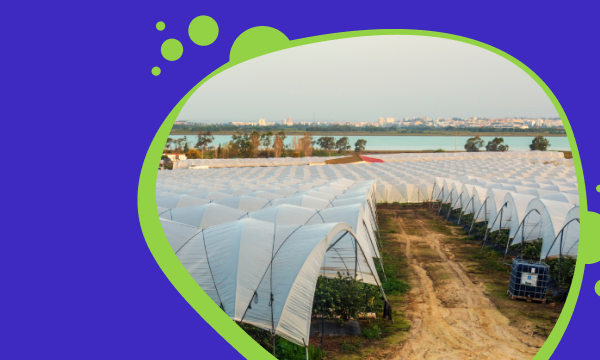
The protected crop growers guide to successfully managing your plants, team, practices and...

The future of farming may be indoors. We know that’s already happening for tomatoes and leafy...

Read our team's report on the 2023 Morocco Berry Conference, held in Agadir.

Learn how interpreting crop yield prediction with contextual data improves decision-making and...

WayBeyond's team share first impressions, general observations and key takeaways from Fruit...
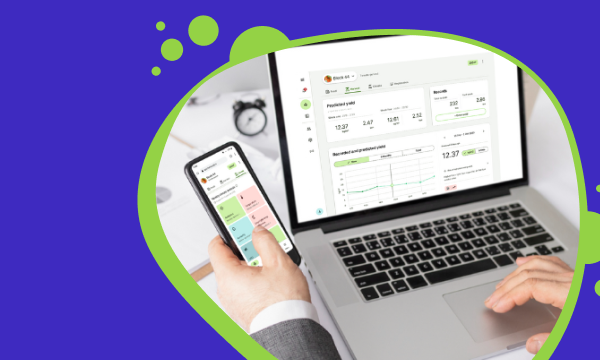
SaaS adoption in horticulture: discover challenges and pitfalls for both growers and technology...
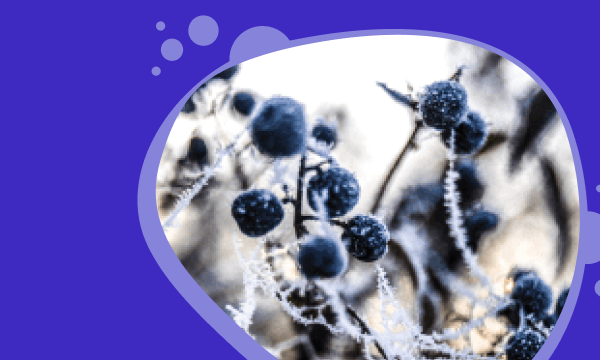
Frost devastates blueberry crops, leading to significant economic losses. By harnessing digital...
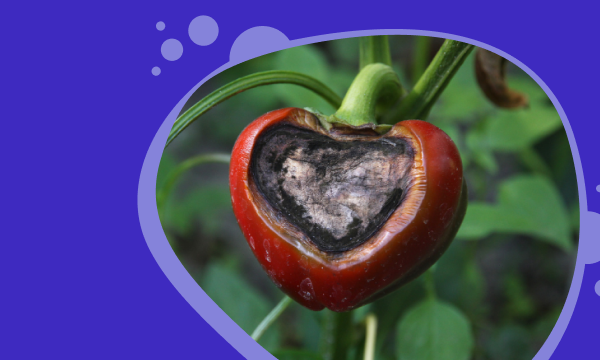
Digital agronomy insights helps tackle crop loss, production variations, and declining yield by...

Lee Kirsopp challenges the need for high accuracy yield prediction. Can other data provide better...
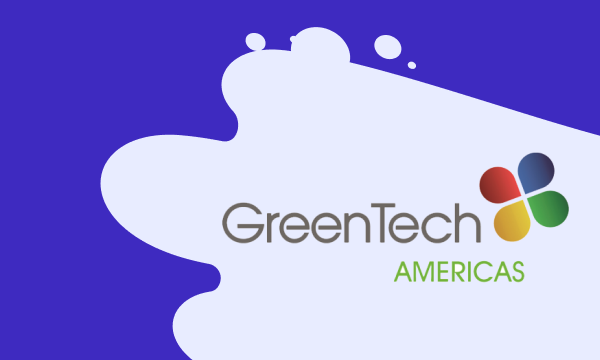
Insights and reflections from the WayBeyond team at GreenTech Americas 2023, held in Querétaro,...

3 production problems that can be solved by collecting data: cross loss from disease, poor crop...

WayBeyond's study unveils factors behind yield swings and proposes an alternative to improve yield...
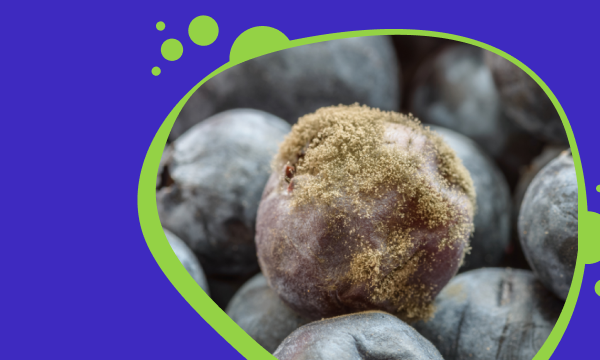
Discover the true cost of a fungal disease outbreak in crops, how to respond and the financial...
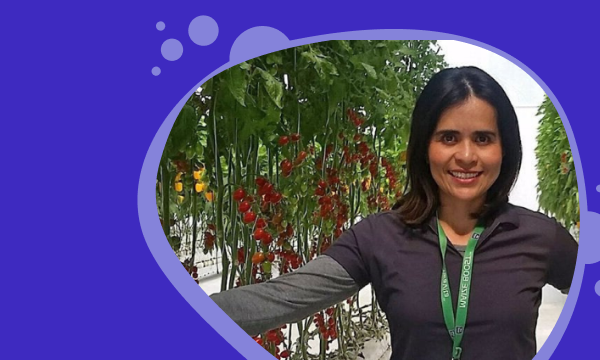
With protected agriculture on the rise, Mexico is ripe for the next wave of tech innovation.
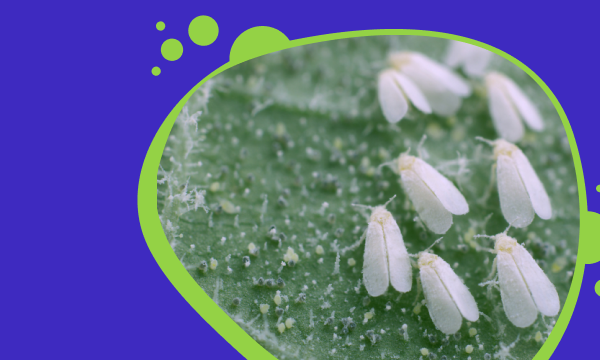
Get insights on Integrated Pest Management planning for effectively managing infestations.
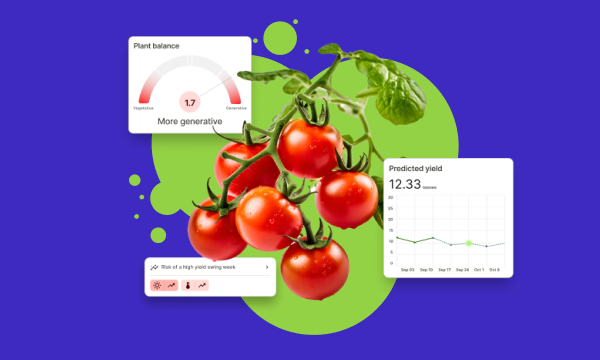
Learn the challenges and potential of AI and machine learning in agriculture for sustainable crop...
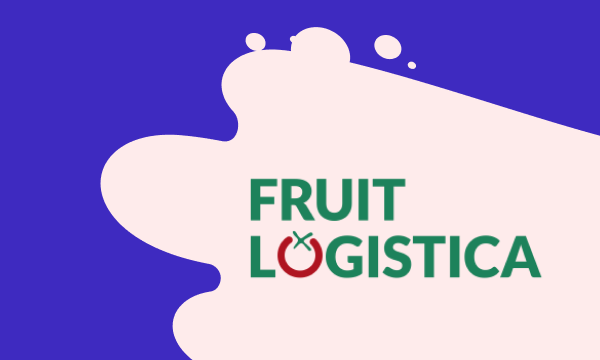
Read the round up of Berlin Fruit Logistica 2023 from the WayBeyond team on the ground.
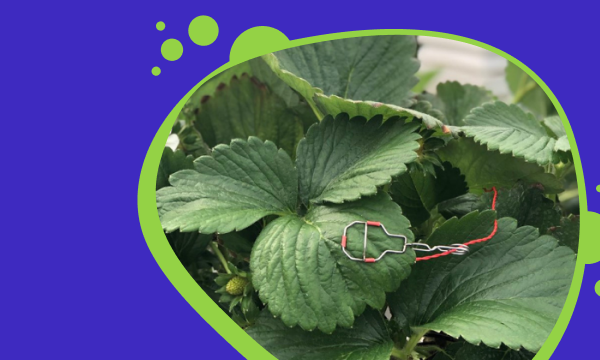
Learn how to manage plant stress and improve crop performance with Vapour Pressure Deficit.
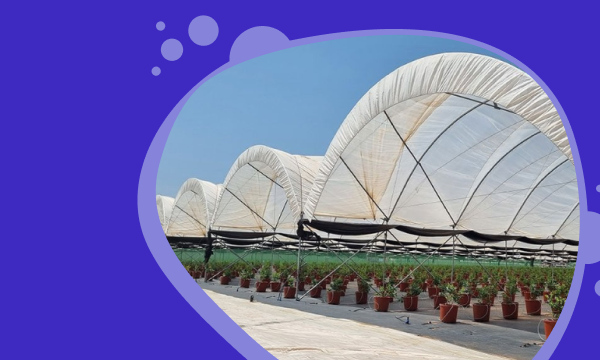
Harnessing FarmRoad enabled to monitor the status of their crops and the farm as a whole and...
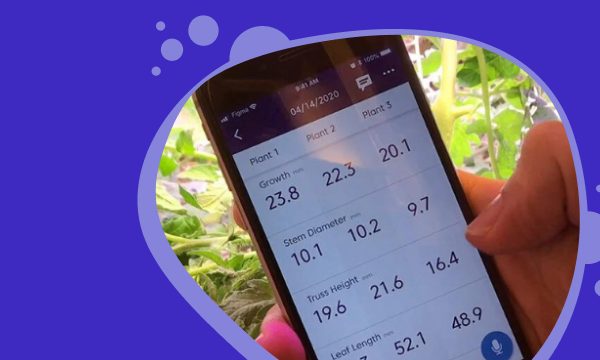
Why do growers use crop registration and how does it benefit crop management practices?

Our food systems face uncertainty in the wake of Climate Change. Cyclone Gabrielle highlighted the...
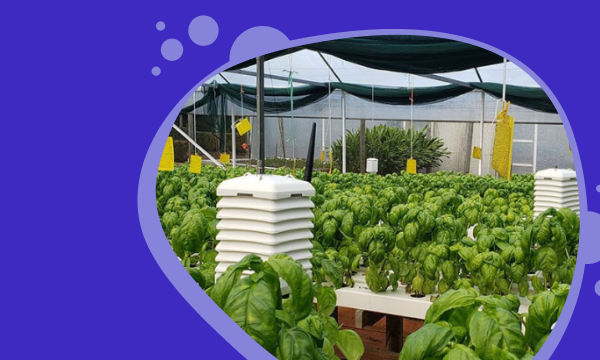
Growers require frequent and detailed climate data and crop status visibility to get the best from...
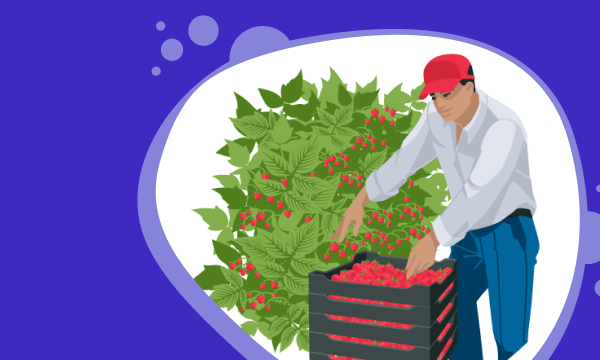
The agronomist at Season Farms noticed a drop in production and turned to WayBeyond's digital...

Plant pathology is the study of plant diseases and how they interact with plants. In this in-depth...
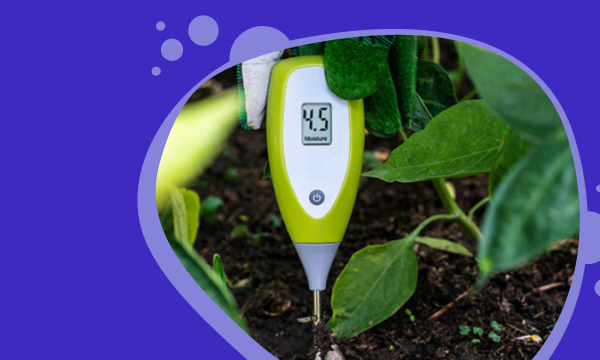
While the popularity of hand held moisture meters for plants shows no signs of abating, there are...
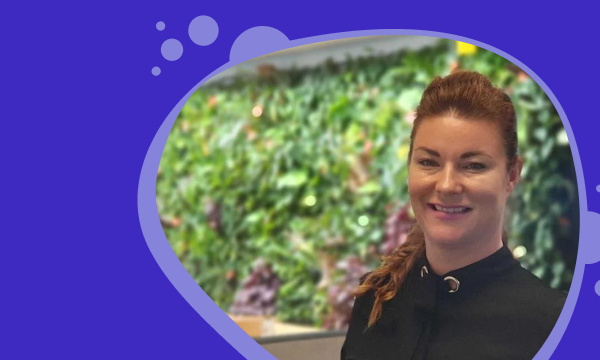
Lotte Bayly shares about her career journey, navigating gender bias, and her views on gender...
Champions of crop management.
Giving commercial growers the power to make better crop management decisions and optimize crop outcomes.
Solutions
Customers
©2025 WayBeyond. All Rights Reserved.